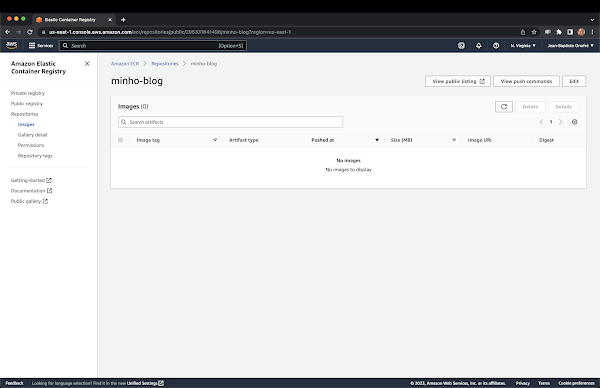Exposing Apache Karaf configurations with Apache Arrow Flight
This blog post shows how to use Apache Arrow and Arrow Flight in Apache Karaf runtime. The code base is available here: https://github.com/jbonofre/karaf-arrow . Apache Arrow ? Apache Arrow is composed by: The Arrow format (specification). Format implementations with different languages (C, Java, Go, Rust, ...). Extra subprojects like Flight, Flight SQL, ADBC, nanoarrow, ... Apache Arrow format is a in-memory columnar format, super efficient for scanning and iterating a large chunks of data. In traditional memory buffer, we focus on "row". Apache Arrow format "groups" data per column, which is much more efficient on modern CPUs/GPUs. The Apache Arrow format is basically a specification. We have several implementations for this specification: C C++ C# Go Java Python Ruby Rust As the purpose of this blog post is to show Apache Arrow in Apache Karaf, we will use Arrow Java. In addition, Apache Arrow also provides several

